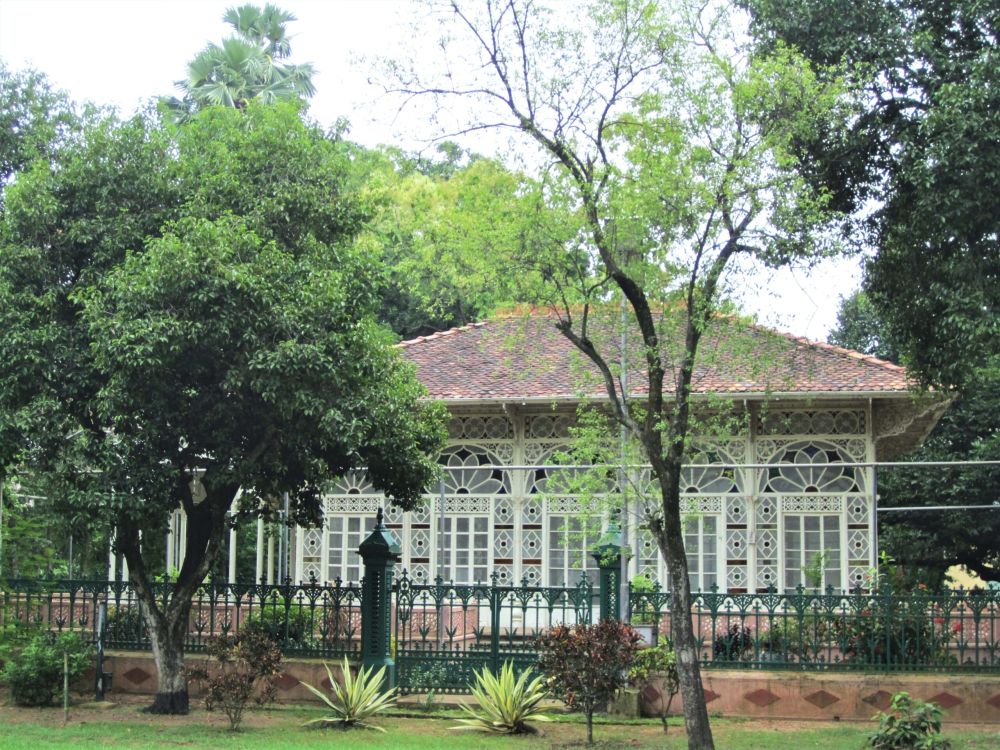

The quaint and culturally rich regions of Tinpahar and Shantiniketan in West Bengal, India, have long been destinations captivating tourists with their unique charm and rich heritage. The tourism history of these areas extends back to periods that saw the confluence of art, education, and spirituality.
Shantiniketan's tourism story begins with the Nobel Laureate Rabindranath Tagore, who transformed this place into a sanctuary of learning and culture. The town is primarily known for the Visva-Bharati University, founded by Tagore in 1921. It was an experimental open-air school in its nascent stages, which later grew into a university with a vision to promote world peace and unity. Tourists from around the globe have been flocking to Shantiniketan to soak in its educational philosophy and cultural festivities.
Lesser-known than its counterpart, Tinpahar is recognized for its historical importance. It was once a strategic point during the British Colonial era. With time, it has gained recognition for its contribution to the freedom struggle and the rich deposits of laterite and china clay. While tourism in Tinpahar has yet to capture the same momentum as in Shantiniketan, it offers a blend of historical and natural attractions that are slowly being discovered by intrepid travelers.
Over the decades, visitors to Shantiniketan have immersed themselves in an atmosphere steeped in art, poetry, and music. The tourism landscape evolved with events such as Poush Mela and Basant Utsav, drawing in crowds to celebrate local traditions and Tagore's legacy. Tinpahar, although less celebrated, has become a site of interest for those looking to explore offbeat and unspoiled destinations.
In recent years, there has been a shift towards sustainable and responsible tourism practices in both Shantiniketan and Tinpahar. Tourists are increasingly seeking authentic experiences that allow for cultural exchange without impacting the local ecology and communities. Eco-friendly accommodations, community-led tours, and cultural workshops are gaining traction as visitors become more conscious of their travel footprint.
Fueled by a desire to maintain the cultural identity and environmental sanctity of the region, future tourism in Shantiniketan and Tinpahar is expected to further integrate sustainable practices. With government and local initiatives aimed at boosting tourism while preserving the essence of these areas, Tinpahar and Shantiniketan are poised to remain treasured destinations that offer a window into Bengal's illustrious past and vibrant present.